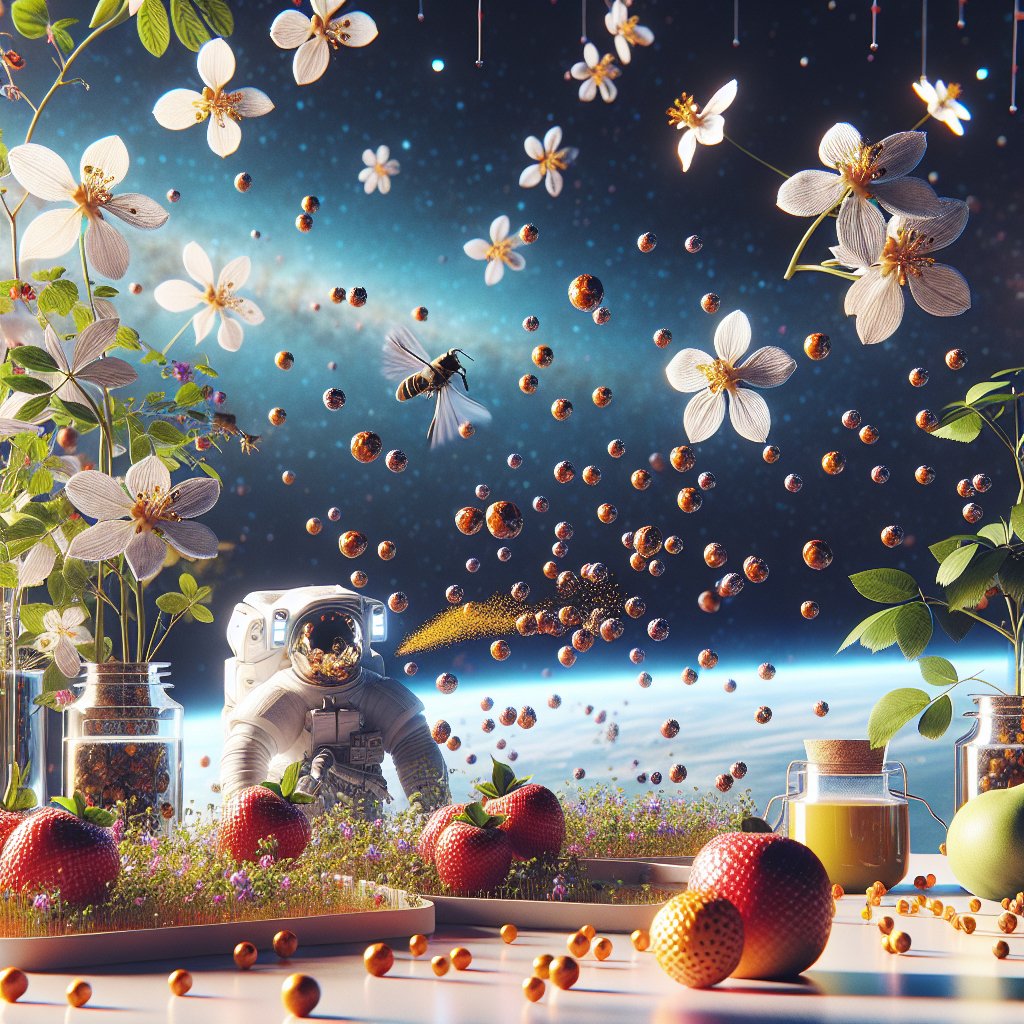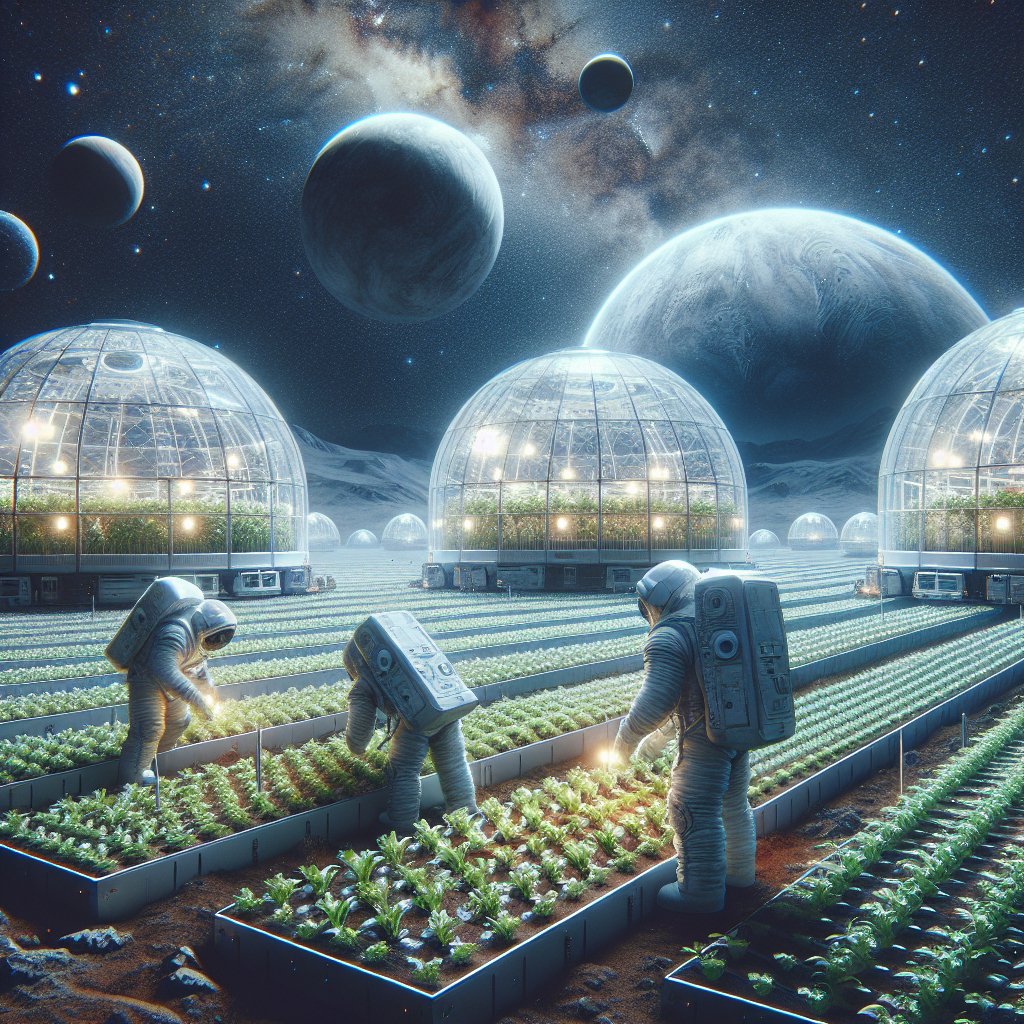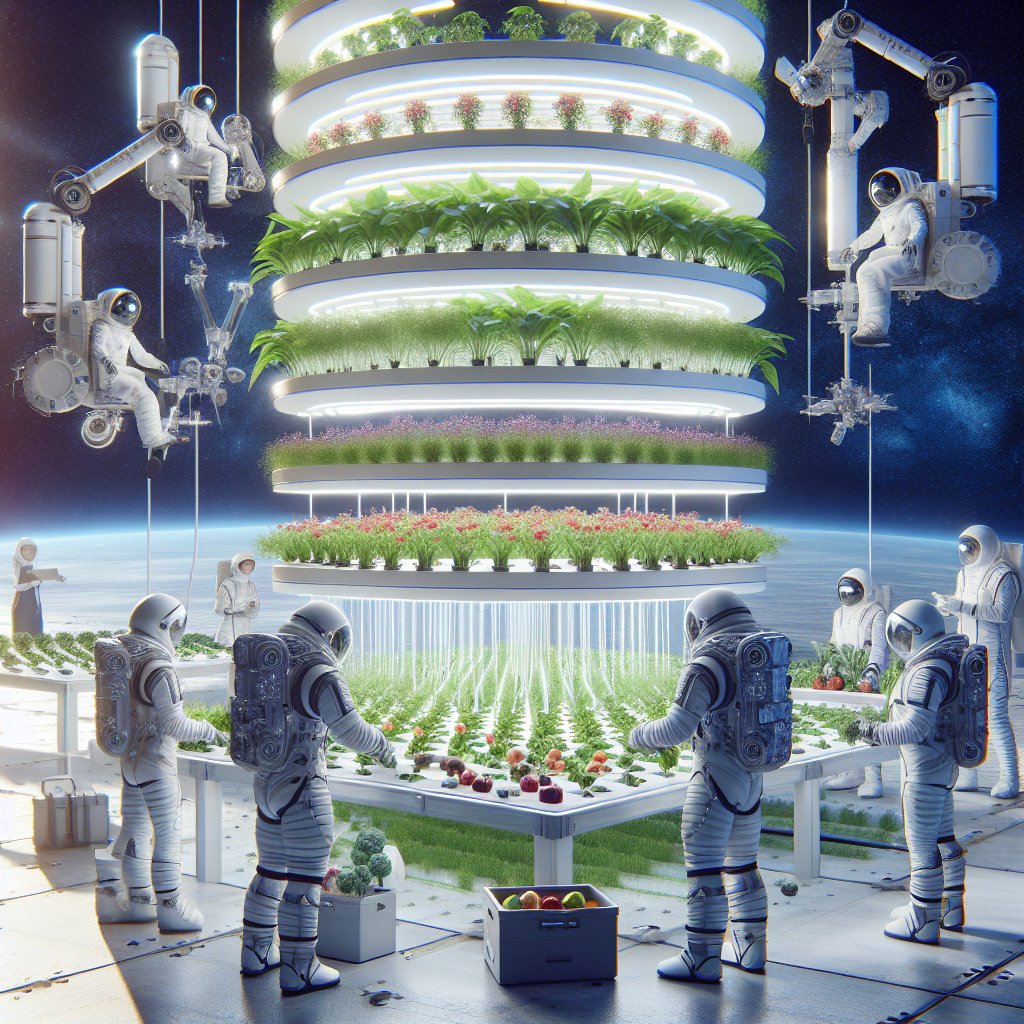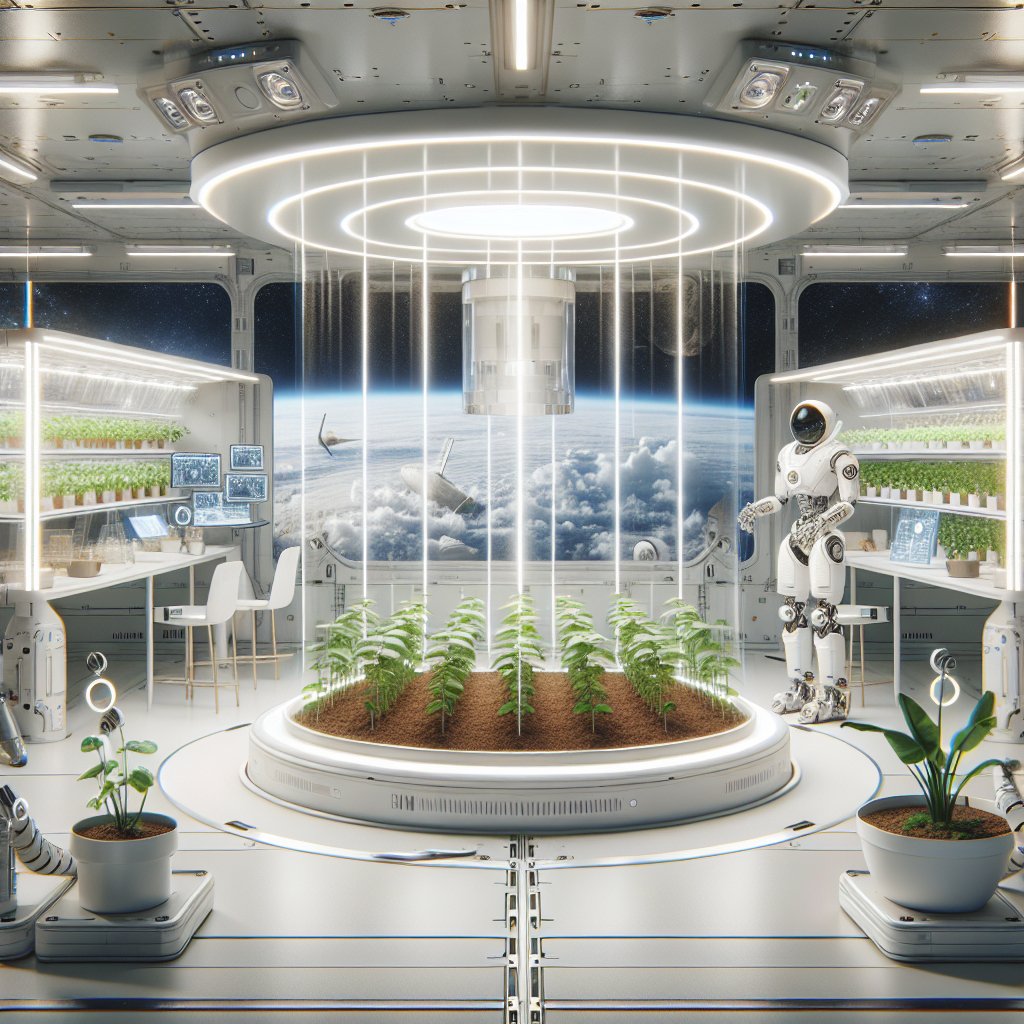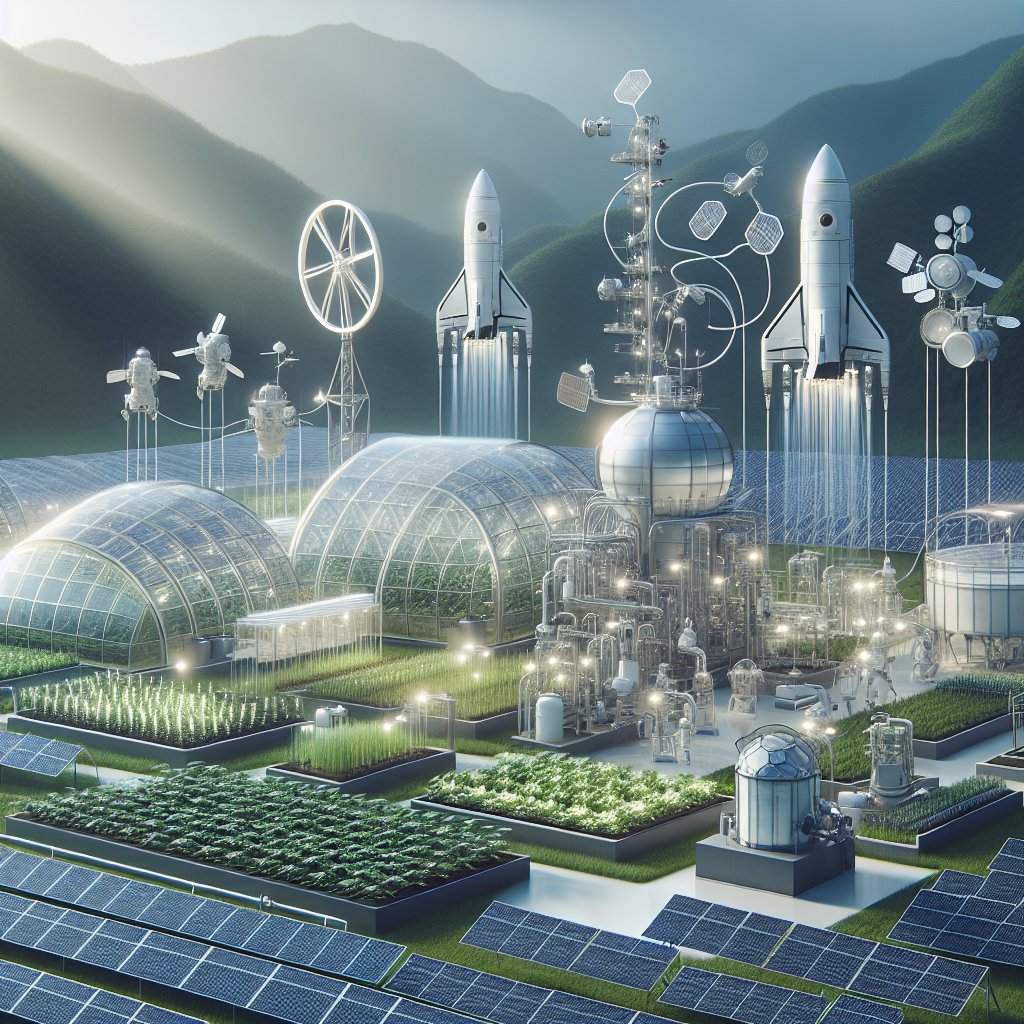The challenges of pollination in space environments present a unique intersection of agriculture and astrobiology, raising questions about how we can sustain plant life beyond Earth. As humanity looks toward long-term space exploration and potential colonization of other planets, understanding the mechanisms of pollination in microgravity becomes crucial. This article delves into the complexities of pollination in space, exploring the methods, challenges, and potential solutions to ensure that plants can thrive in extraterrestrial settings.
Understanding Pollination: The Basics
Pollination is a vital process in the life cycle of flowering plants, involving the transfer of pollen from the male anther to the female stigma. This process is essential for fertilization and the production of seeds, which in turn leads to the growth of new plants. On Earth, pollination is facilitated by various agents, including wind, water, and animals, particularly insects. However, the dynamics of pollination are significantly altered in space environments, where microgravity and closed ecological systems present unique challenges.
The Role of Gravity in Pollination
Gravity plays a crucial role in the natural processes of pollination. On Earth, gravity helps to guide pollen to the stigma of flowers, whether through the action of pollinators or the natural settling of pollen. In microgravity, however, the absence of gravitational pull can disrupt these processes. Pollen may not settle as it would on Earth, leading to reduced chances of successful fertilization. This raises the question: how can we replicate or adapt pollination mechanisms in a space environment?
Pollination Mechanisms in Space
To address the challenges of pollination in space, researchers are exploring various methods to facilitate this essential process. Some of the potential solutions include:
- Mechanical Pollination: Utilizing robotic systems or mechanical devices to mimic the actions of pollinators. These devices can be programmed to transfer pollen from one flower to another, ensuring fertilization occurs.
- Electrostatic Pollination: Harnessing electrostatic forces to attract and transfer pollen. This method could be particularly effective in microgravity, where traditional methods may fail.
- Self-Pollinating Plants: Developing and utilizing plant species that do not rely on external pollinators. These plants can fertilize themselves, reducing the need for complex pollination systems.
Challenges of Creating a Sustainable Ecosystem
Creating a sustainable ecosystem in space involves more than just addressing pollination. It requires a holistic approach to agriculture that considers the entire life cycle of plants, including growth, nutrient uptake, and waste management. The challenges of establishing such an ecosystem are multifaceted and include:
Microgravity Effects on Plant Growth
Microgravity affects not only pollination but also the overall growth and development of plants. Research has shown that plants grown in space exhibit altered growth patterns, including changes in root orientation and nutrient absorption. These changes can impact the health and productivity of plants, making it essential to understand how to optimize growth conditions in space.
Closed Ecological Systems
In space, resources are limited, and creating a closed ecological system is vital for sustaining plant life. This system must effectively recycle water, nutrients, and gases to support plant growth. However, maintaining balance within such a system is challenging, as any disruption can lead to plant stress or failure. Understanding the interactions between plants and their environment is crucial for developing successful agricultural practices in space.
Psychological and Social Factors
Beyond the technical challenges, the psychological and social aspects of space agriculture cannot be overlooked. Astronauts will need to engage with and care for plants as part of their daily routines. The act of gardening can provide psychological benefits, helping to alleviate stress and improve morale during long missions. Therefore, creating an environment where astronauts can successfully cultivate plants is essential for their well-being.
Future Directions in Space Agriculture
The future of agriculture in space is promising, with ongoing research and experimentation paving the way for sustainable practices. As we continue to explore the cosmos, several key areas of focus will be essential:
Research and Development
Continued research into plant biology and the effects of microgravity will be crucial for developing effective agricultural systems in space. This includes studying how different plant species respond to space conditions and identifying those that are best suited for cultivation in extraterrestrial environments.
Technological Innovations
Advancements in technology will play a significant role in overcoming the challenges of space agriculture. Innovations in robotics, automation, and environmental control systems will enhance our ability to manage plant growth and pollination in space. These technologies can help create more efficient and effective agricultural practices, ensuring that plants can thrive in challenging conditions.
Collaboration and Knowledge Sharing
Collaboration between space agencies, agricultural scientists, and biologists will be essential for advancing our understanding of space agriculture. Sharing knowledge and resources can lead to innovative solutions and best practices that can be applied in various space missions. International cooperation will be key to addressing the challenges of pollination and plant cultivation in space.
Conclusion
The challenges of pollination in space environments highlight the intricate relationship between agriculture and space exploration. As we look toward the future of human presence beyond Earth, understanding and addressing these challenges will be crucial for sustaining plant life in extraterrestrial settings. Through research, technological innovation, and collaboration, we can develop effective strategies for pollination and agriculture in space, paving the way for successful long-term missions and potential colonization of other planets. The journey into the cosmos is not just about exploring new worlds; it is also about ensuring that we can cultivate life wherever we go.
